Photos: Burnt Wreck May Be Last Known Ship to Carry Slaves to US
From above
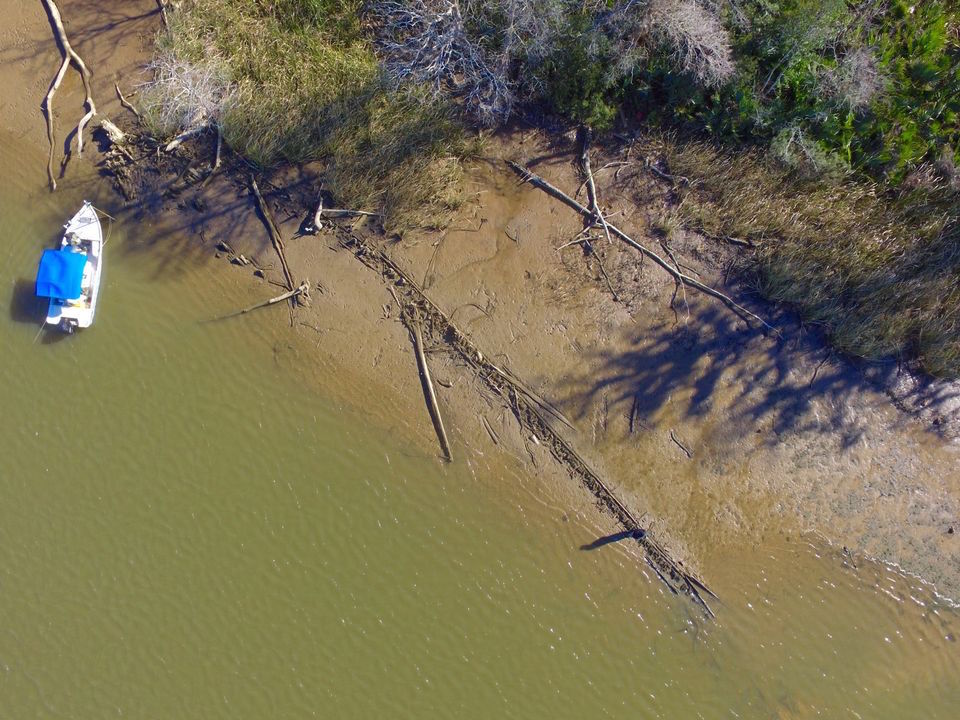
A burnt wreck found near Mobile, Alabama, may be the long-lost Clotilda, the last known ship to bring slaves to the United States.
This bird's-eye view shows the old ship's current state. The white boat next to it is 22 feet (6.7 meters) long, which is small compared with the 124-foot (38 m) wreck. [Read more about the Clotilda here]
Tree trunk
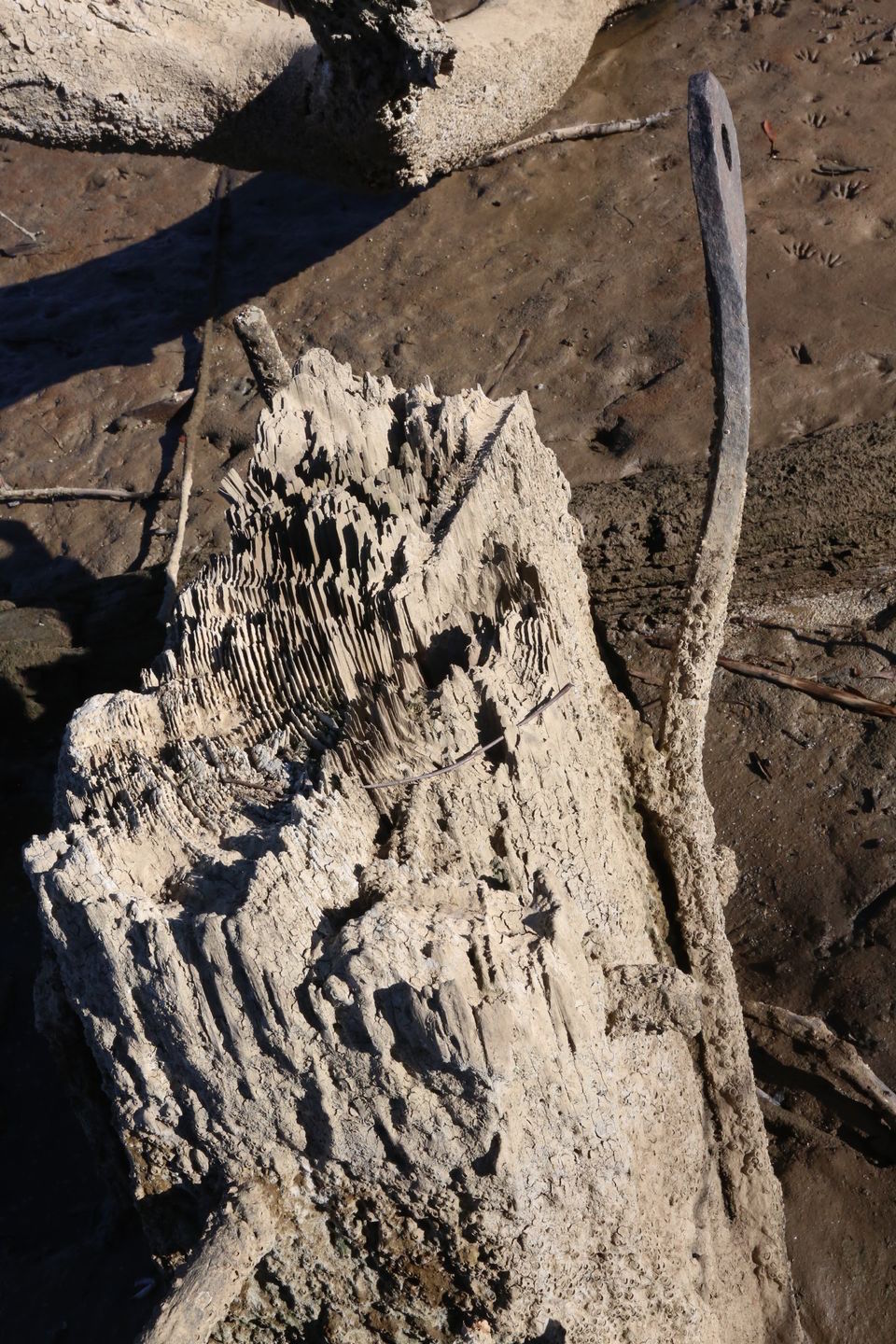
The main structural component of the bow, known as the boat's stem, was fashioned out of a quarter of a tree trunk, likely from a longleaf pine (Pinus palustris), according to Ben Raines, a reporter for AL.com, who found and reported on the wreck.
Burnt plank
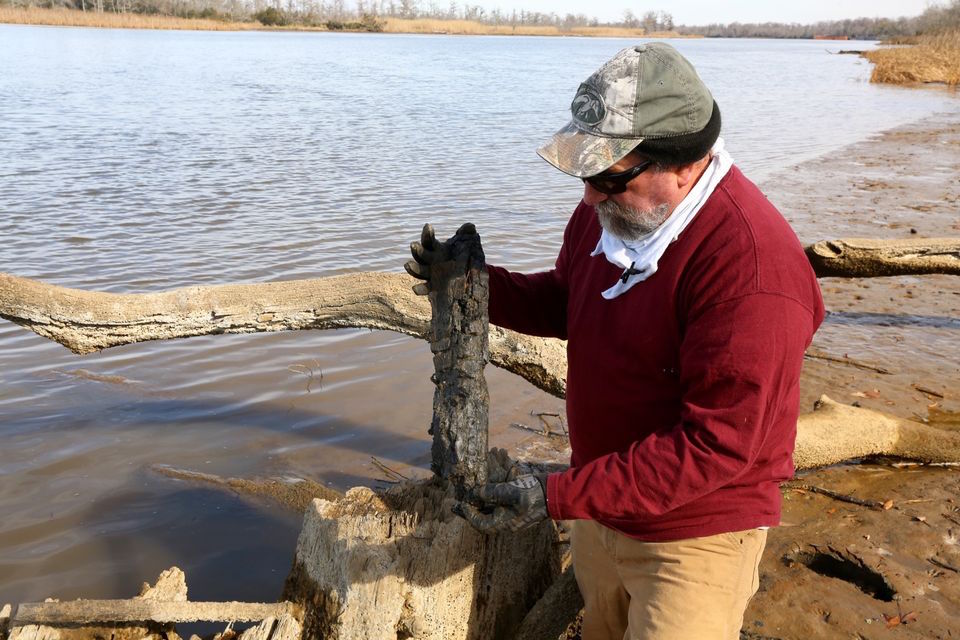
This burnt plank was probably a deck beam or a part of the deck. The plank is flat on the other side.
Metal plate
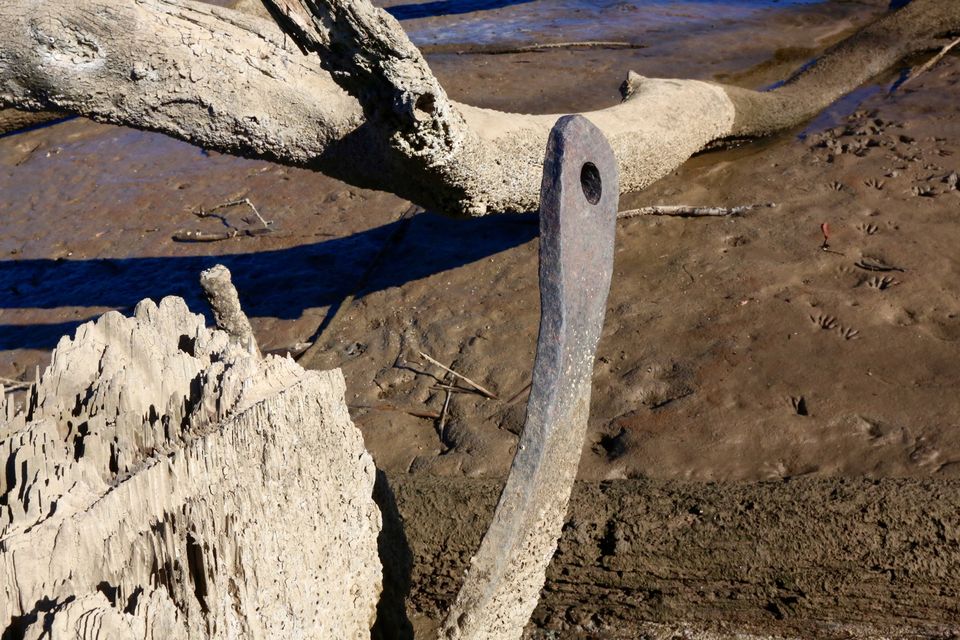
This image shows a chain plate - a metal plate that fastens a shroud to the hull of a sailboat - from the shipwreck. This particular chain plate is typical of vessels built in the mid-1800s. The fire might have helped preserve it, as fire can harden wrought iron and keep it from rusting.
Original license
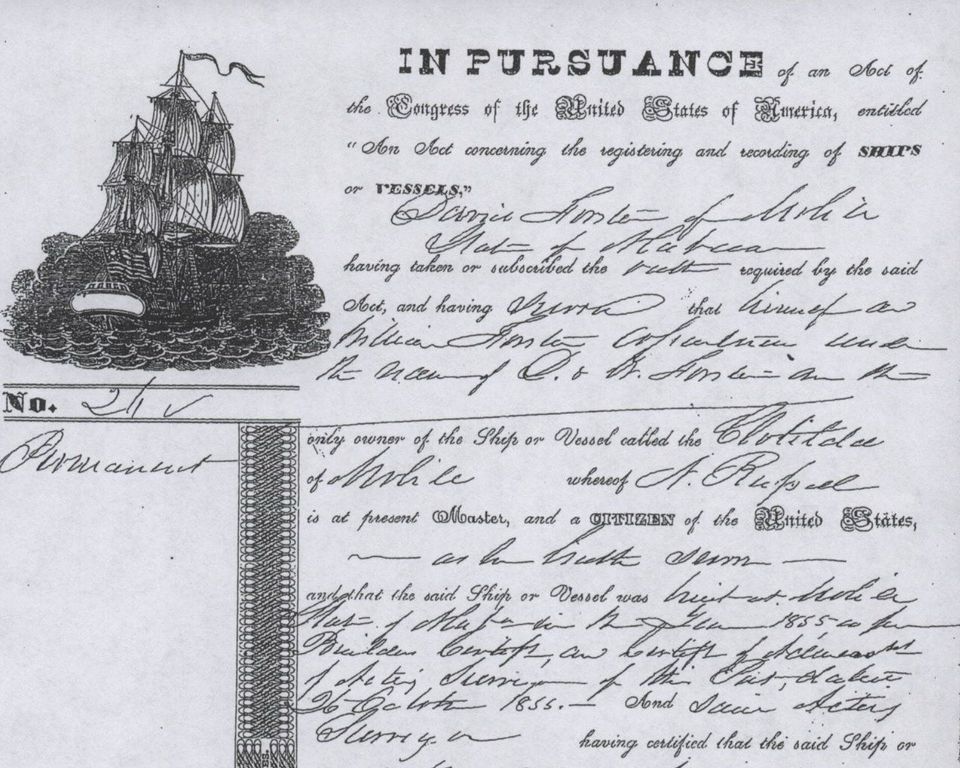
The original 1855 license for the Clotilda. Five years later, it sailed to Africa to pick up human cargo.
Boat bones

Giant timbers are evident in the vessel's starboard (right) side, and you can see the outer planking lying adjacent to it. The rope is a modern one that washed up on the wreck.
Get the world’s most fascinating discoveries delivered straight to your inbox.
Wood and iron
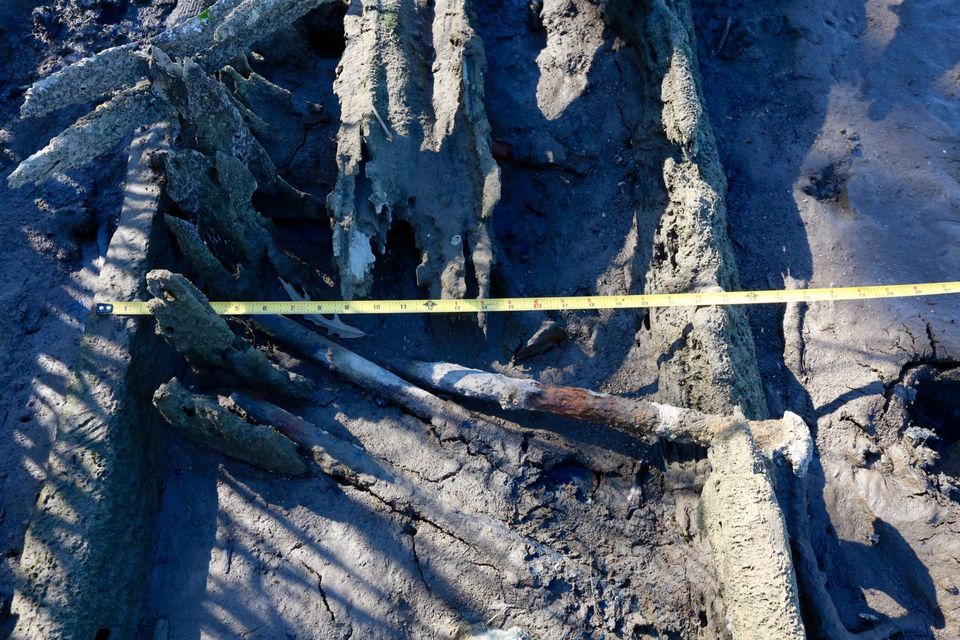
This view shows the side of the ship. The outer planking is 4 inches (10 centimeters) thick. It was held together with the inner planking (on the right) with large iron drift pins.

Laura is the managing editor at Live Science. She also runs the archaeology section and the Life's Little Mysteries series. Her work has appeared in The New York Times, Scholastic, Popular Science and Spectrum, a site on autism research. She has won multiple awards from the Society of Professional Journalists and the Washington Newspaper Publishers Association for her reporting at a weekly newspaper near Seattle. Laura holds a bachelor's degree in English literature and psychology from Washington University in St. Louis and a master's degree in science writing from NYU.


